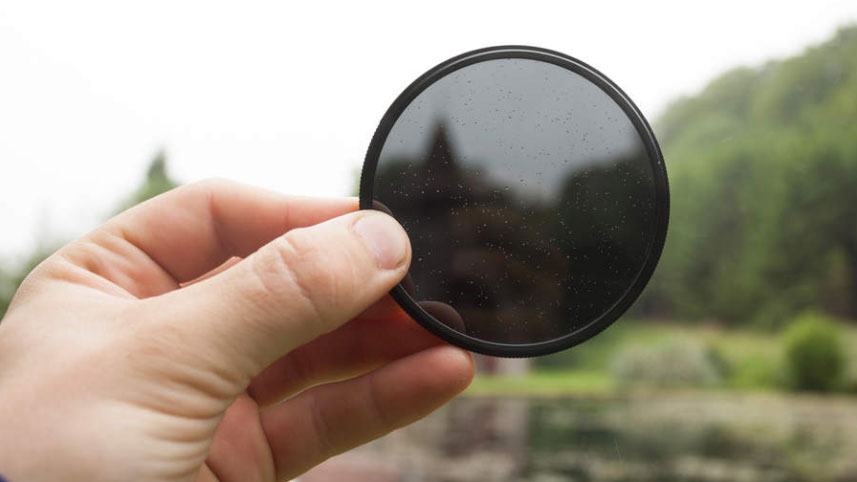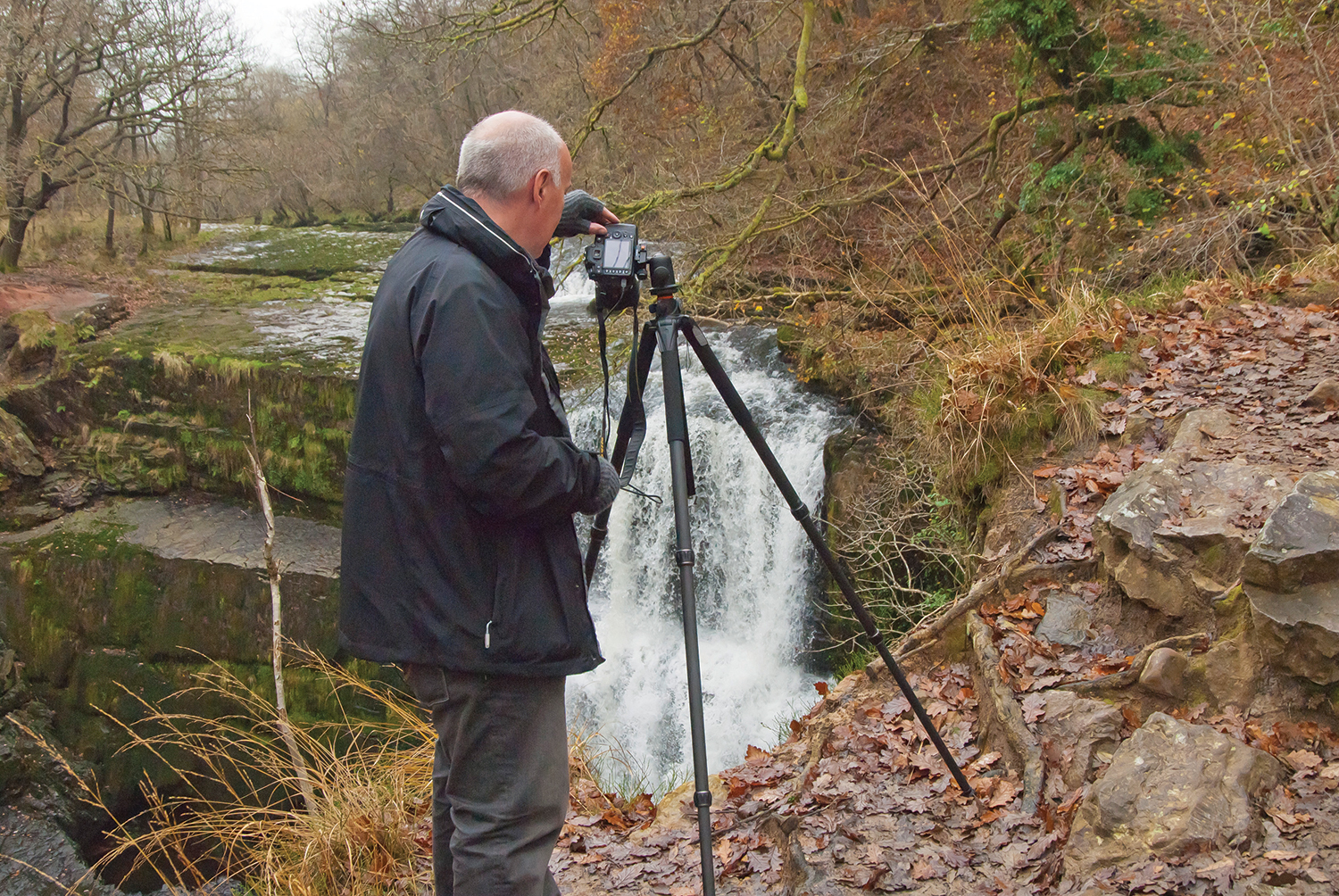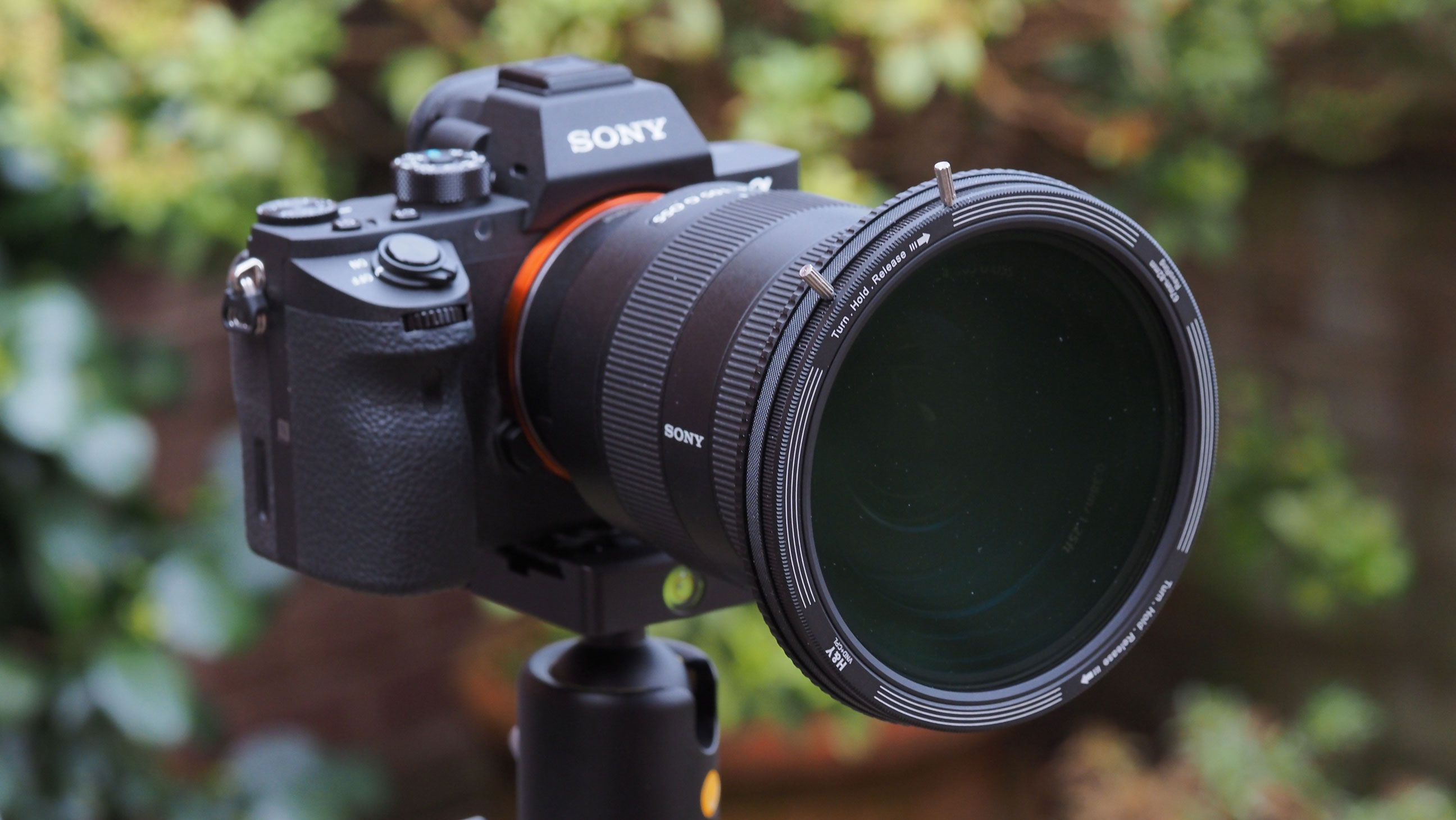
An ND filter is used to control the amount of light that reaches the sensor without having any effect on colours, tone, or contrast within the scene. Effectively you block out light like a tinted window on a car does. The letters ND stand for neutral density and an ND filter can be a fixed strength or its strength can be variable.
The question is, why do you want to hold back light when lots of light is often a benefit? There are a several creative reasons to use an ND filter. You may want to achieve a long exposure to capture creative movement, such as blurry water, clouds, swaying vegetation, or even crowds walking. You might also need to hold back light so you can use a wide aperture for a shallow depth-of-field in a portrait image.
ND filters are also useful when shooting video because of the importance of maintaining the same shutter speed.
ND filters are not the same as ND grads. ND grads have a variable strength from bottom to top to tone down bright skies, whereas ND filters have a fixed, all-over effect and are used for overall exposure control.
Regular vs variable NDs

ND Filters come in different sizes, shapes, and strengths. Circular screw-in ND filters attach to your lens’ thread but you need to get one that fits the filter size for your lens and it’s possible, if you have several different lenses, the filter size will be different for each one.
Variable ND filters are circular and you simply rotate them to change the strength of the light blocking effect.
Square or rectangle-shaped NDs are popular in photography but to use them you also have to have a filter holder that attaches to the lens via its screw-thread. The positive side of this is one filter holder will allow you to fix any same sized filter on the front of the lens, so if you have a selection of different strength filters it’s easy to swap them around as the light changes.
Get the Digital Camera World Newsletter
The best camera deals, reviews, product advice, and unmissable photography news, direct to your inbox!
Though arguably, it’s not as convenient as a variable filter for quick changes which is why variable NDs are the choice for film-makers.
Variable ND strength

The filter strength you need naturally depends on the conditions you are shooting in and the effect you want to achieve by slowing shutter speed down. Typical strengths can vary from just 1-stop of light to 15 stops, with other grades in-between. Of course, the large the number, the more light it blocks out. A typical variable ND filter will provides a variance of 1 to 8 stops of light.
Photographers use fixed-strength ND filters to allow long exposures to blur water and clouds. Videographers use lower-strength variable NDs of 1-4 stops to keep the lens aperture (iris) value and shutter speed (shutter angle) the same in changing lighting conditions to give the video a consistent 'look' throughout.
Read more:
• Best filter holders
• Best ND filters
• Best variable ND filters
Jon started out as a film-maker, working as a cameraman and video editor before becoming a writer/director. He made corporate & broadcast programmes in the UK and Middle East, and also composed music, writing for TV, radio and cinema. Jon worked as a photographer and journalist alongside this, and took his video skills into magazine publishing, where he edited the Digital Photo magazine for over 15 years. He is an expert in photo editing, video making and camera techniques.

